#minidoka
Text

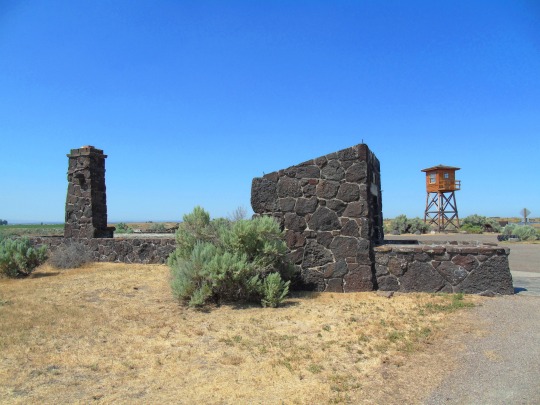
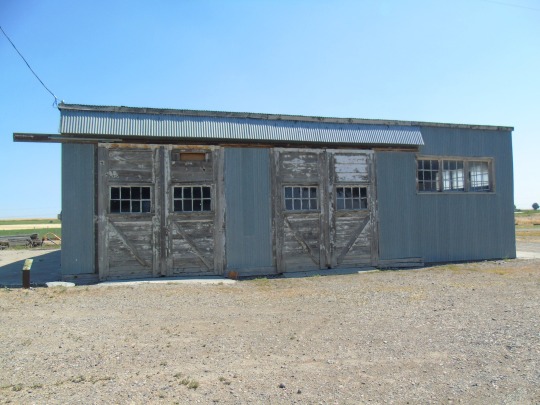
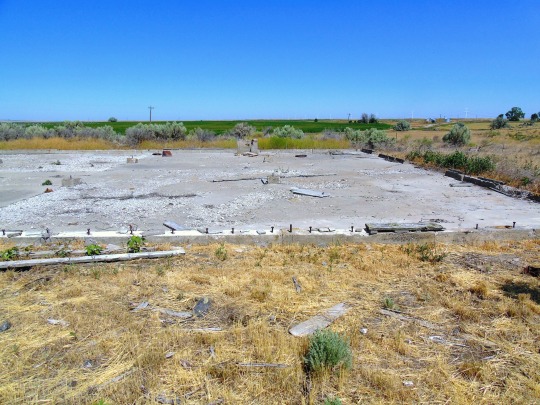
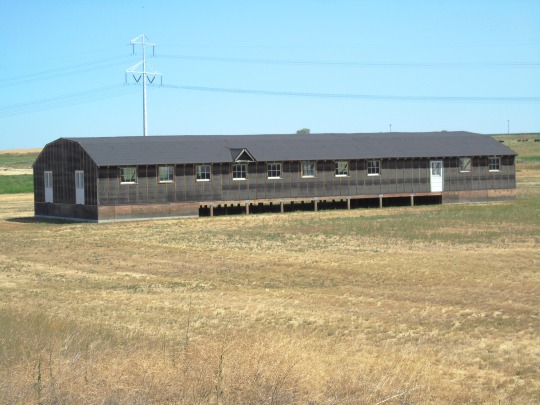
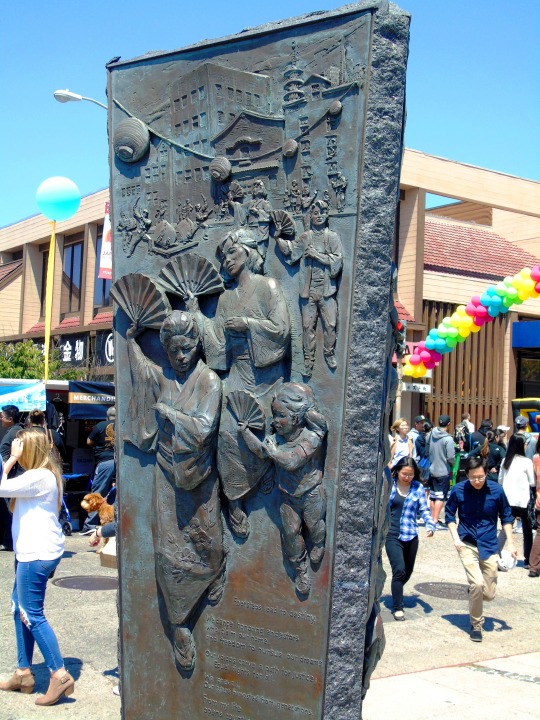




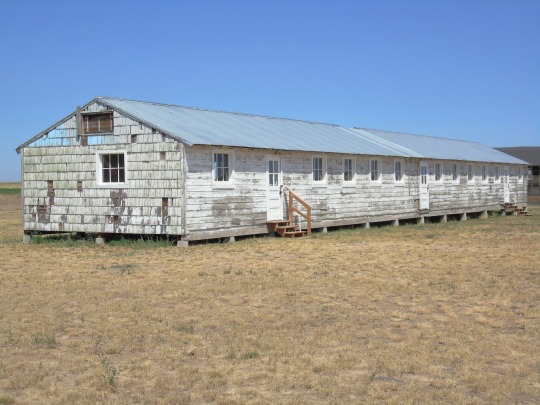




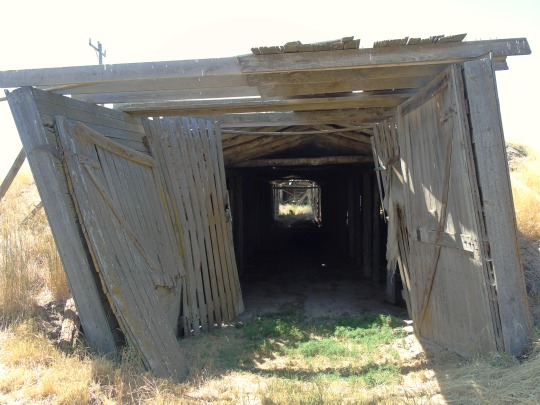


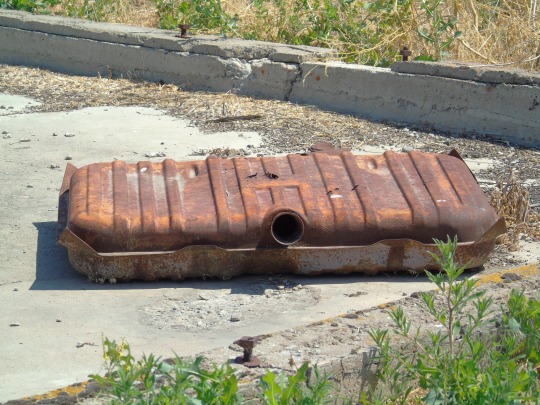




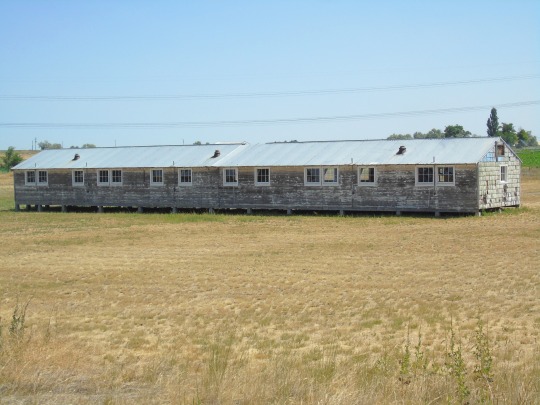





The Presidential Proclamation 2537 which required that Americans from Germany, Italy or Japan must register with the Department of Defense, was issued on January 14, 1942. Proclamation No. 2537 permitted the arrest, detention and internment of enemy aliens who violated restricted areas, such as ports, water treatment plants or even areas prone to brush fires, for the duration of the war. Roosevelt reluctantly signed Executive Order 9066, which sent many Japanese-American families into internment camps, on February 19, 1942.
Source
#Presidential Proclamation 2537#14 January 1942#anniversary#USA#US history#WWII#World War Two#travel#Idaho#Minidoka National Historic Site#Minidoka War Relocation Center#vacation#Minidoka Internment National Monument#original photography#free admission#summer 2017#never again#tourist attraction#landmark#landscape#architecture#barracks#root cellar#Japanese-American history#From Injustice to Redress by Louis Quaintance and Eugene Daub#San Francisco#California#Japantown
11 notes
·
View notes
Text
Bond for Rexburg, Idaho's Benjamin Hicks set at $75k; Did he use Kik, MeWe and Telegram to commit crimes?
Benjamin Hicks, 22, of Rexburg, Madison County, Idaho, United States attended Brigham Young University-Idaho in Rexburg while working at an assisted living facility. He is originally from Albuquerque, Bernalillo County, New Mexico, USA.
On July 30, 2022, Hicks got married. He lived in an apartment complex in Rexburg.
On June 24, 2023, a detective with the police department of Rupert, Minidoka…

View On WordPress
0 notes
Text






My Very Own Special Particular Private And Personal Cat by Sandol Stoddard Warburg, designed and illustrated by Remy Charlip. Enchanted Lion, 2023. (Originally published in 1963.) 9781592703852. http://www.powells.com/book/-9781592703852?partnerid=34778&p_bt
I love everything about this book: the poetry, the illustrations, the orange-yellow paper, and especially the layout, which helps the words and illustrations work together. A child talks about playing with his cat, and the cat is clearly not having a good time and finally runs off. The story really gets going in the second half, when it shifts into the cat's point of view.
Also: I loved the reproduction of Remy Charlip's signature on the "This book belongs to __" page.
Gravity Is Bringing Me Down by Wendelin Van Draanen, illustrated by Cornelia Li. Alfred A. Knopf, 2024. 9780593375921. https://www.powells.com/book/-9780593375921?partnerid=34778&p_bt
Gravity is in a bad mood, and it's making Leda's school day pretty rough. (Don't worry, she makes up with gravity later in the book.) The story is great, and a fun way to introduce kids to science, but Li's illustrations make the book amazing; the way she draws the sun is my favorite thing in the book.
Love in the Library by Maggie Tokuda-Hall, illustrated by Yas Imamura. Candlewick, 2022. Includes an author's note at the end. 9781536204308. https://www.powells.com/book/-9781536204308?partnerid=34778&p_bt
The story of George and Tama Tokuda, the author's maternal grandparents, who fell in love in the Minidoka incarceration camp in Idaho. (Tama worked in the library during their incarceration; George came in all the time and checked out more books than anyone could possibly read.) This is the best picture book on the internment of Japanese Americans I've read, and the most beautifully
9 notes
·
View notes
Photo

Baby X - Burned by Satanists?
A baby girl named ‘Baby X’ was discovered burned, dismembered and disembowelled in a metal box in Idaho, on November 17th 1989. When the body was found the remains of the baby, believed to be anywhere from a few days to a few weeks old, were found in a remote area of sand dunes in Minidoka County that was a popular spot for four-wheel vehicle enthusiasts, hunters and trappers. It was known that where the body was found that some people in the area were involved in satanic rituals.
Officials determined the baby was white or a light-coloured Hispanic and they believe the infant died several hours before she was set ablaze. It was believed that the child may have been suffering from some pulmonary disease, possibly pneumonia, that may have had some part in the death.
The substance that was used to incinerate the girl wasn’t known but it was some sort of accelerant.
Local self-described Satanists claimed they had no involvement. The baby could not be identified, and no family members came forward. The police had a possible witness in a nine-year-old who claimed to see a ritualistic killing in which a baby was killed and burned, but the child was troubled. He had conflicting stories and was deemed not credible. Possible theories included a mother burning the dead body of her child with pneumonia, but Satanists remained the most plausible suspects. The killer(s) was never found and the infant was never identified.
22 notes
·
View notes
Text
As much as I would hope this would be a story of a distant past, it is not. It’s very much the story of America here and now. The racism that put my grandparents into Minidoka is the same hate that keeps children in cages on our border. It’s the myth of white supremacy that brought slavery to our past and allows the police to murder Black people in our present. It’s the same fear that brings Muslim bans. It’s the same contempt that creates voter suppression, medical apartheid, and food deserts. The same cruelty that carved reservations out of stolen, sovereign land, that paved the Trail of Tears. Hate is not a virus; it is an American tradition.
Maggie Tokuda-Hall
7 notes
·
View notes
Text
500 words written today -- I will probably be fairly scarce for the next few days since I am on vacation, so if you don’t see a daily progress report the next few evenings, it doesn’t mean I’m dead! Just that I am doing actual vacation things.
Snippet from Of Home Near chapter 4. (The lights are out.)
“What are you doing with Captain Rogers?”
“Screwing him,” Natasha said bluntly, then had a moment’s concern that the term wasn’t used that way in the 1945. It must have been, though, or at least the context made it clear, because the other woman made a noise of bemused acknowledgment.
“I tried that once. It didn’t work.”
Natasha sniffed a little, dismissive, and said, “You’re not me.” Hopefully that meant that Steve would be able to identify her, though Natasha knew that in 1945 as well as 2018 – well, up to 2016, anyway – there had been plenty of women throwing themselves at Captain America. He had never seemed much interested in any of them – not in the men, either, though there had been fewer of those since it had never been public knowledge that Captain America was bisexual.
Because he’s been in love with you for six years, apparently.
In 1945 it would have been Peggy Carter, of course, and that was the one woman in the SSR they knew wasn’t a matryoshka. Well, not the only woman – the cryptanalyst Hana Korematsu, a Nisei from Washington State who had two brothers in the 442nd and the rest of her family in Minidoka War Relocation Center in Idaho, definitely wasn’t. Her niece was the Speaker of the House of Representatives in 2018, oddly enough, and a staunch opponent of the Sokovia Accords.
18 notes
·
View notes
Text
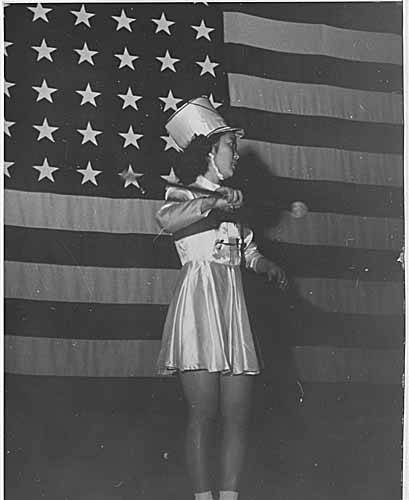
"Baton twirler in front of America flag, circa 1939"
This photo was taken in Minidoka, Idaho, where 13,000 Japanese-Americans from the Pacific Northwest and Alaska were imprisoned during WWII.
3 notes
·
View notes
Text

July 1942. "Rupert, Idaho. Japanese-American farm workers at an FSA camp formerly used by CCC boys (Civilian Conservation Corps). Barracks, sanitary facilities, laundry, clinic, etc." Euphemistically known at the time as the Minidoka War Relocation Center.
Photo by Russell Lee for the Farm Security Administration.
View full size
24 notes
·
View notes
Text
Minidoka Concentration Camp housed most of those of Japanese ancestry arrested in the Pacific Northwest.
2 notes
·
View notes
Text

Ben Matsumoto, a Japanese American soldier, is surrounded by inmates at the Minidoka concentration camp in 1944. The following people can be identified: Kaz Tsujimoto (wearing the white V-neck sweater) and his brother, Stan, is to his left holding the cigarette. Hiro Nishimoto is in front and Ben Tsujimoto is on the far right.
3 notes
·
View notes
Photo




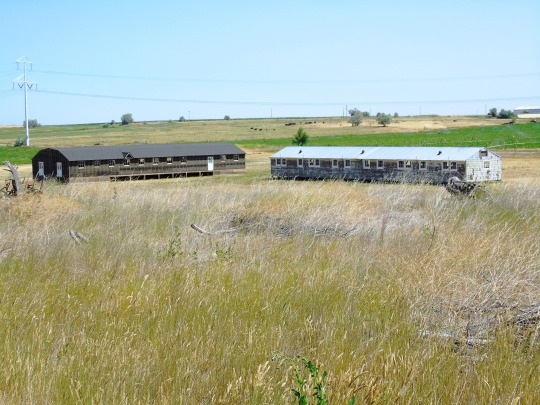




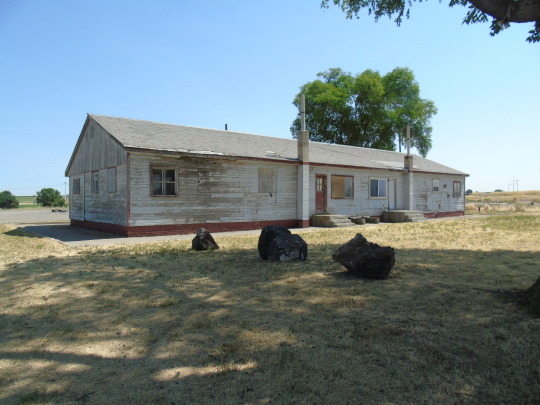
On August 10, 1942, incarcerees arrived at the Minidoka War Relocation Center. The number of incarcerees reached 7,318 at its maximum population.
#incarcerees#Minidoka National Historic Site#Minidoka War Relocation Center#Minidoka Internment National Monument#Japanese-American history#travel#Jerome County#desert#architecture#10 August 1942#anniversary#USA#US history#World War Two#World War II#WWII#free admission#vacation#landscape#tourist attraction#original photography#summer 2017#countryside
16 notes
·
View notes
Text
Minidoka Relocation Center, Minidoka, Washington. Radio repair shop. M. Sekijima. 536538 Stock Photo - Alamy
0 notes
Text


Japanese Internment Camp Yearbook ~ THE MINIDOKA INTERLUDE ~ 1989 Reprint EBAY nataliemzimmerman
0 notes
Text
The Internment of the Japanese Americans During WWII
By Damian Dianda
During times of crisis, nations are capable of extreme reactions and sometimes unimaginable actions as a result of fear and prejudice. The United States is no exception as was witnessed by over 120,000 Japanese Americans during World War II.

Image 1 Source
President Franklin D. Roosevelt signed Executive Order 9066, in February 1942, leading to the forced internment of Japanese Americans following the attack on Pearl Harbor. This is a moment in history that highlights the desperation and fear that Americans were feeling at the time.
This internment took the form of rounding up all Japanese Americans, most of whom were American citizens. First moving them to one of the 17 U.S. military temporary internment facilities and eventually relocating them to ten different long term camps in states such as Arkansas, Arizona, California, Colorado, Idaho, Utah and Wyoming. The Minidoka internment camp in Idaho, one of the ten camps, became home to thousands of Japanese Americans uprooted from their communities. Families were being tagged, numbered and shipped like livestock, stripped of their possessions with little more than a few bags per family.
“We were herded onto the train just like cattle and swine. I do not recall much conversation between the Japanese.… I cannot speak for others, but I myself felt resigned to do whatever we were told. I think the Japanese left in a very quiet mood, for we were powerless. We had to do what the government ordered.”
(Misuyo Nakamura, Santa Anita Assembly Center, Los Angeles, & Jerome Relocation Center, Arkansas)

Image 2 Source
The documentary “Minidoka: The Measure of a Man” (2007) provides a personal perspective on the internees’ experiences, highlighting their efforts to maintain dignity, traditions, and hope despite the harsh conditions as well as highlighting the emotional and psychological toll the internment placed upon them. The FBI raided Japanese homes up and down the coast and “took many of the fathers of the families”(2:00-2:13). Many tried to avoid the internment by placing signs on their storefronts and business announcing that they are American, however deep-seated anti-Japanese sentiment was prevalent and political powers were encouraging this sentiment with leaders such as General John DeWitt, western Defense Command stating that they are Japanese, “whether they are a citizen or not, I want none of them”(4:30). After the fathers were taken the military came under the pretense of an evacuation, removing the remaining family members allowing them to take only what they could carry, and relocating them to the camps. Their homes and businesses were seized or left abandoned.

Image 3 Source
The living conditions in the camps were harsh as documented in Roger Daniels’s Pulitzer Prize-winning book, “Impounded People: Japanese Americans in the Camps”. The camps were described as overpacked and lacking privacy, as many families had to exist nearly on top of one another.
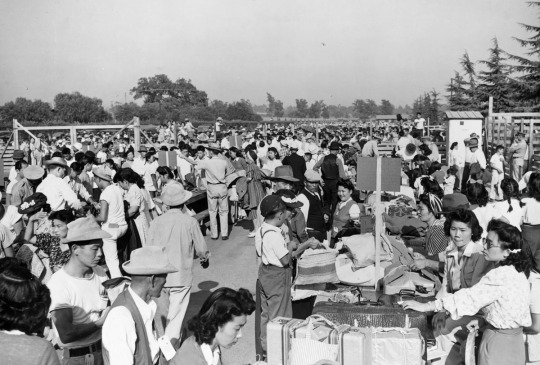


Image 4 Source Image 5 Source Image 6 Source
Photographs by Dorothea Lange, found in “IMPOUNDED”, reveal the stark reality of life in the camps, capturing the desolation and disruption of normal life. In spite of these harsh conditions the people continued to live as normal of a life as they could manage by creating gardens and taking on jobs.

Image 6 Source
The internment of Japanese Americans during World War II was a grave injustice fueled by fear discrimination and continued until the end of the war in 1945. When the internees were finally released after years of internment many had nothing to return to. It was not until 1988 that the U.S. government formally admitted that the internment was a mistake and recognized the injustice leading to reparations in the form of $20,000 to the people who were alive during the time. This step was necessary and important for the healing of the people but more so as a lesson as to what we as a nation must never let happen again. By the U.S. government documenting this atrocity and admitting fault we can learn from the mistakes that were made through fear and prejudice and educate our youth so they will not make the same mistakes again.
For further research try this:
They Called Us Enemy (George Takei Recalls Time In An American Internment Camp)
Enemy Mail (An interactive website)
And Then They Came For Us (Documentary)
0 notes
